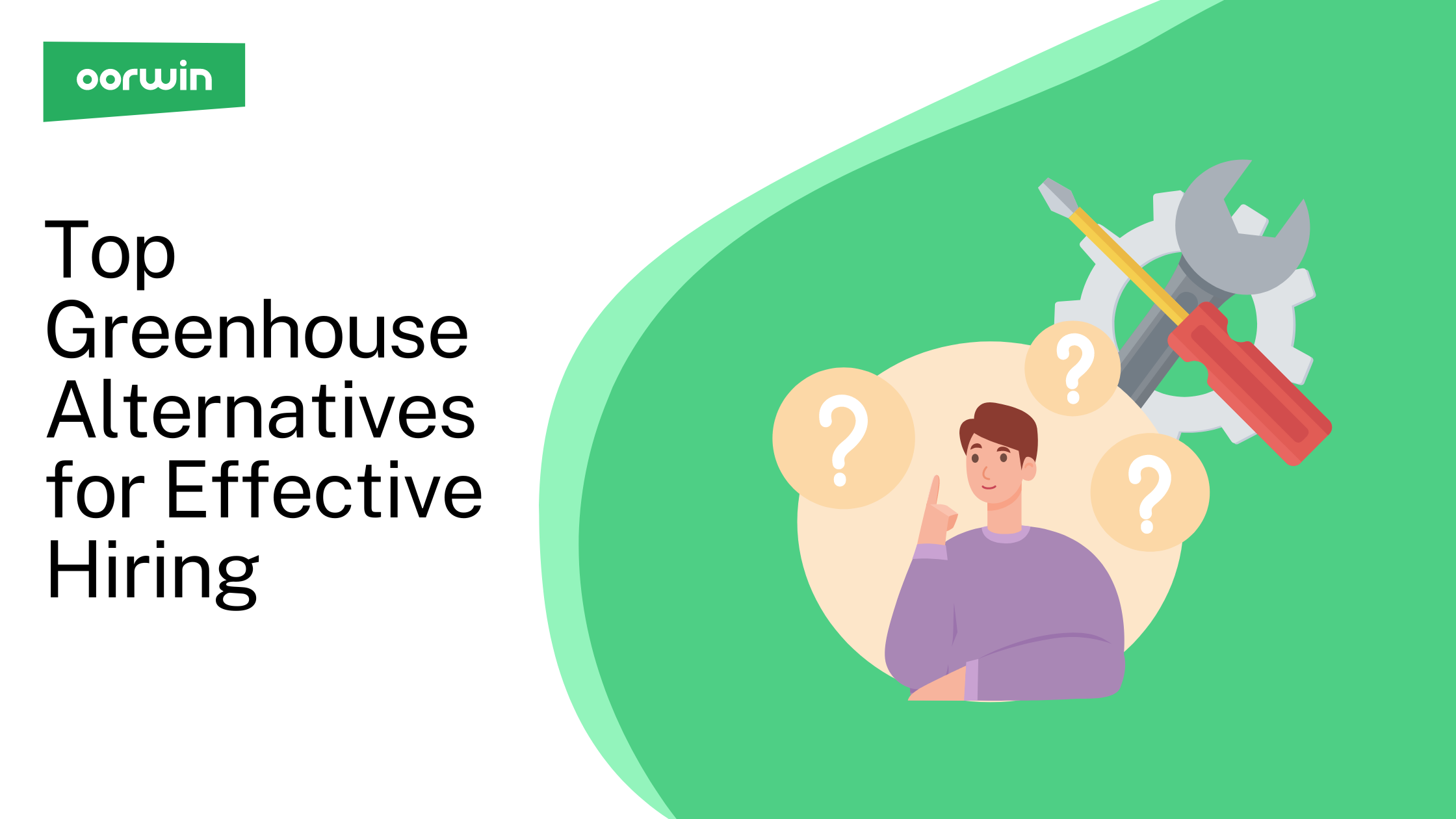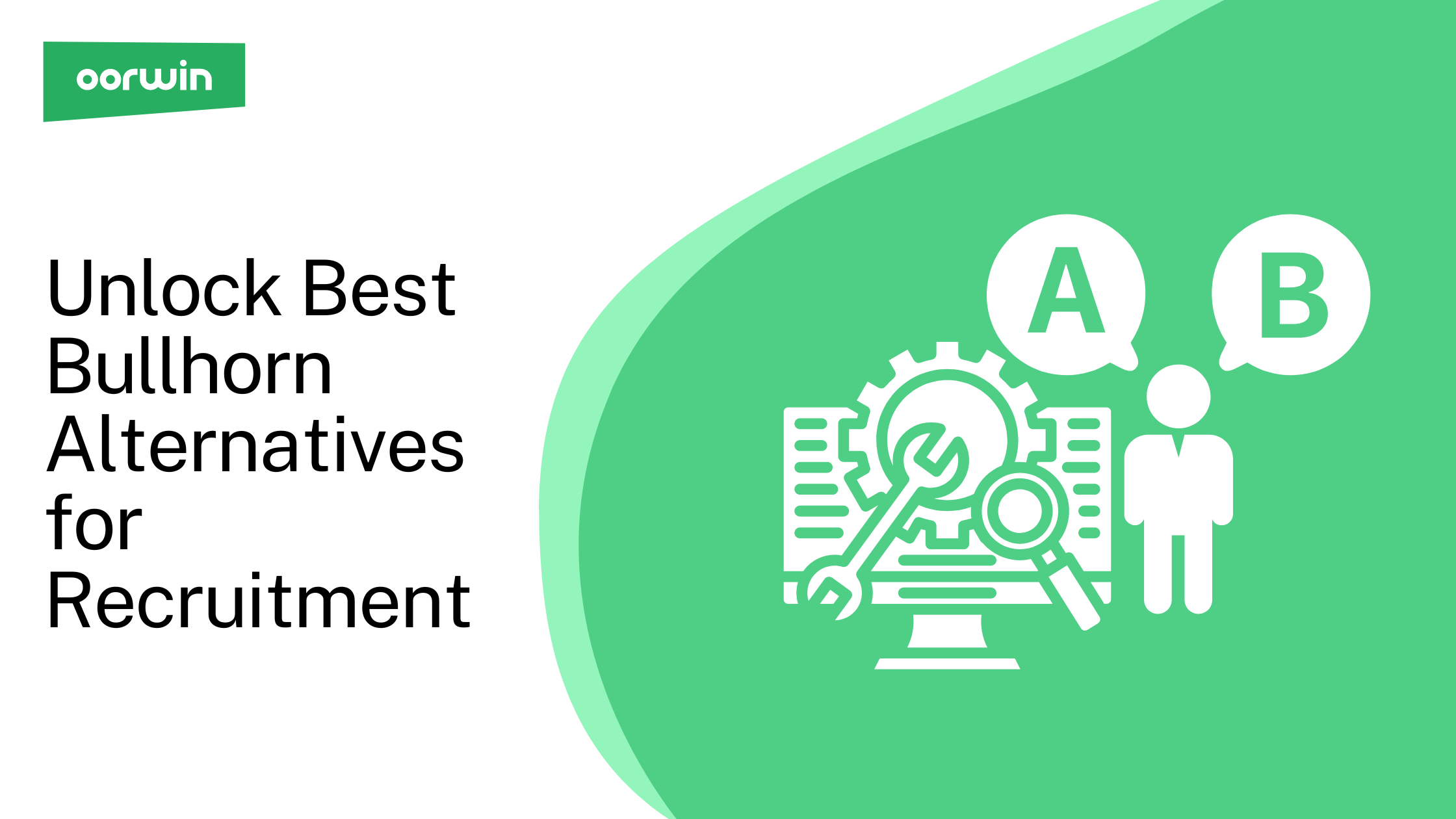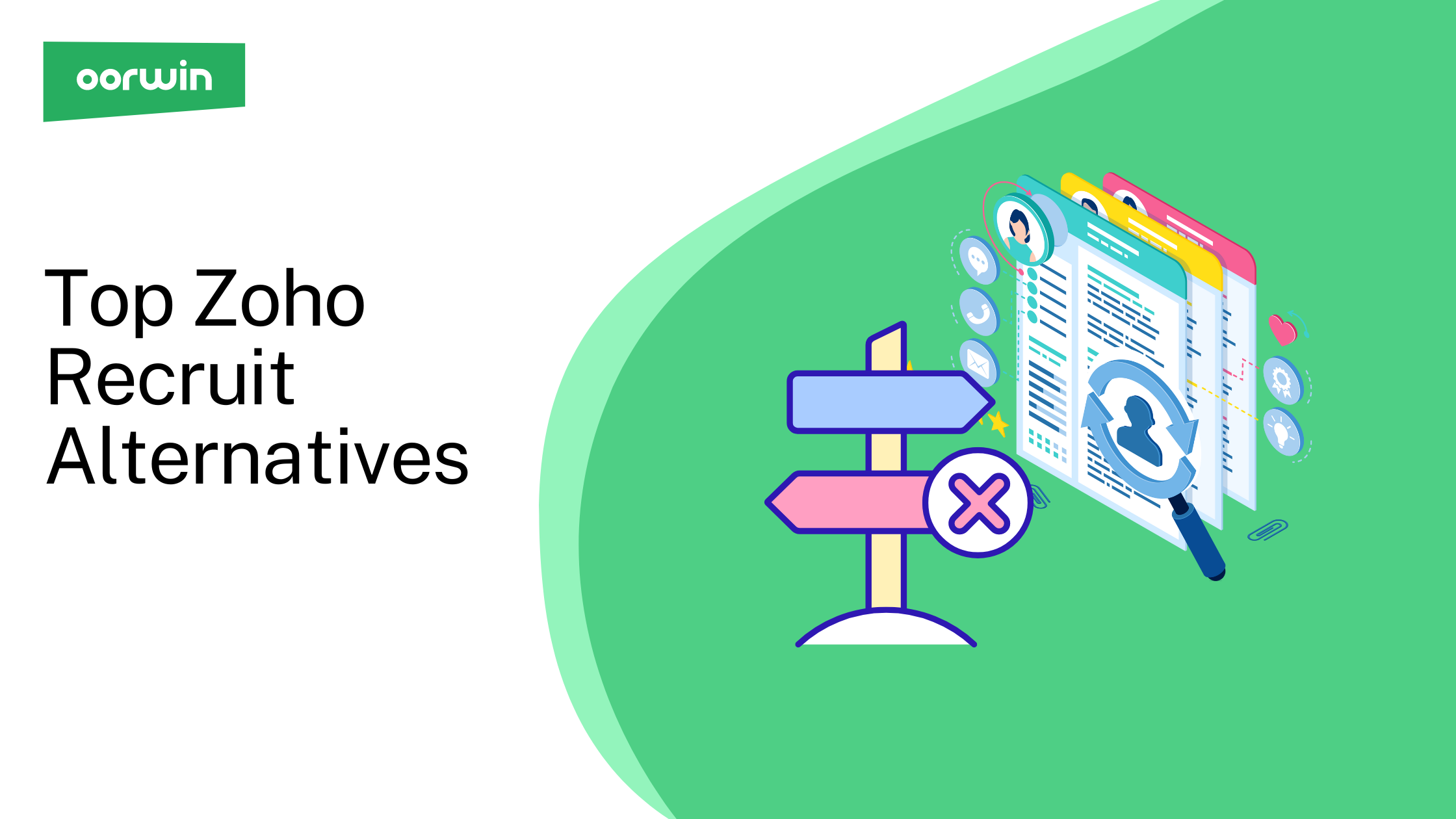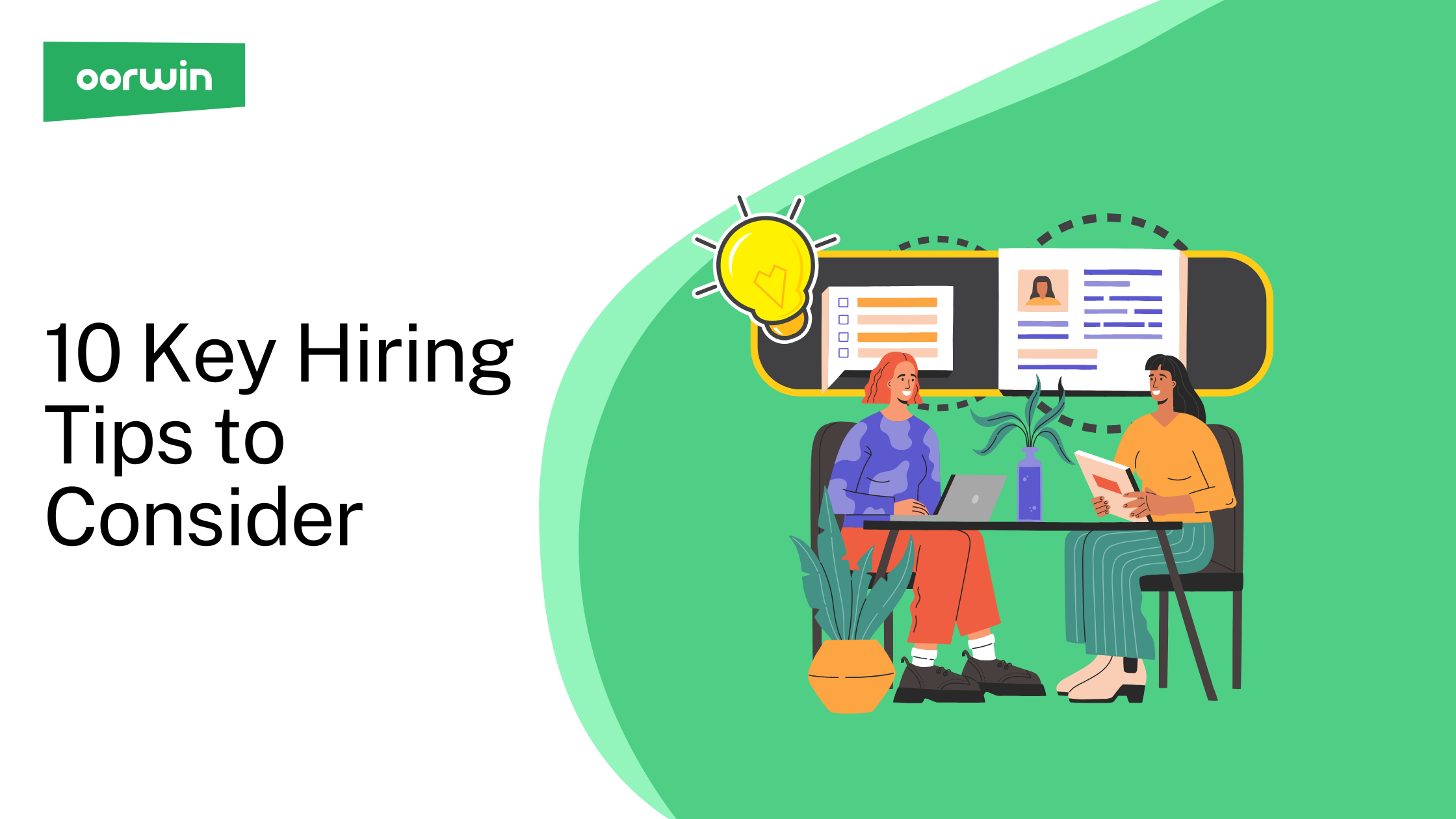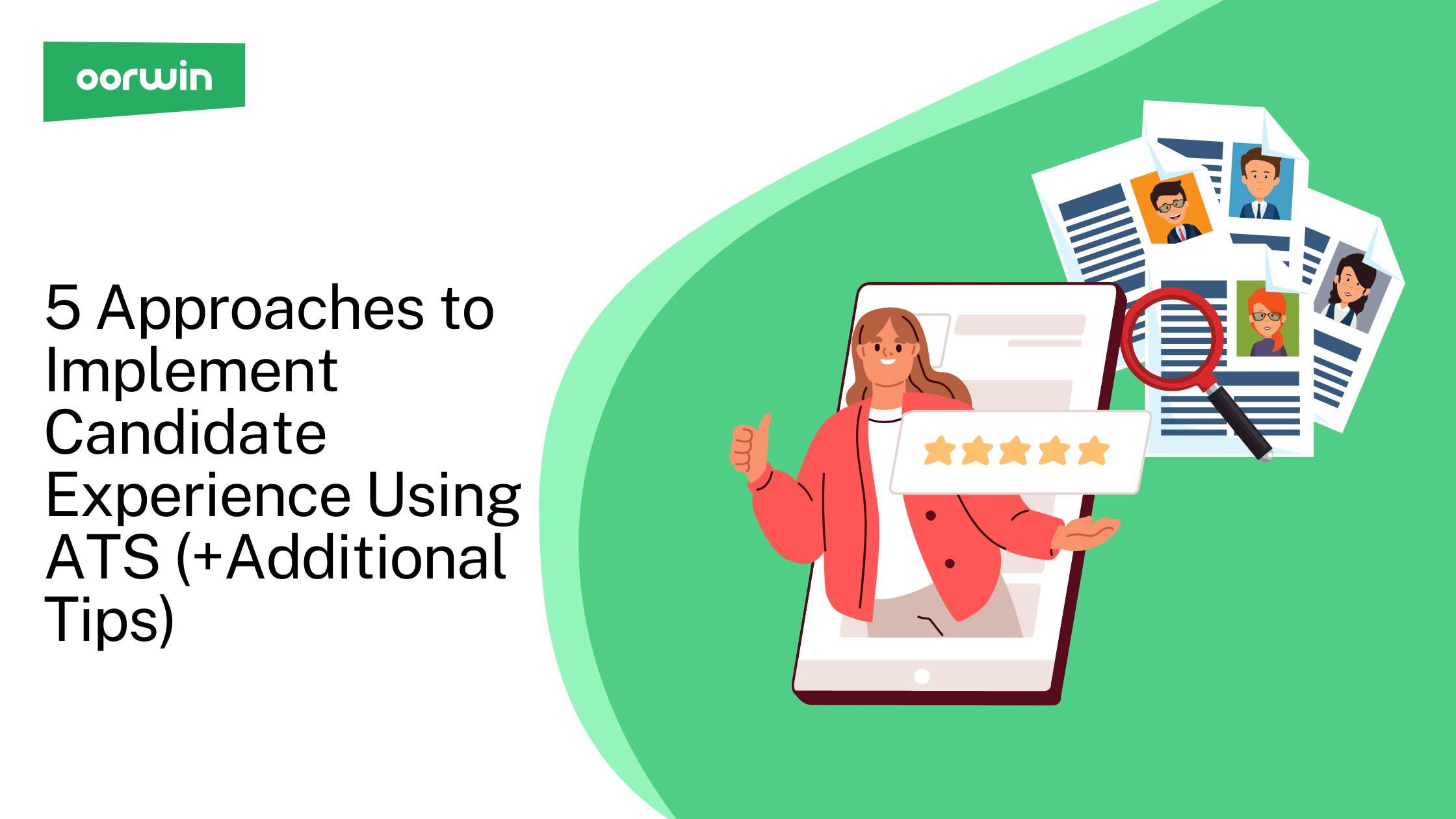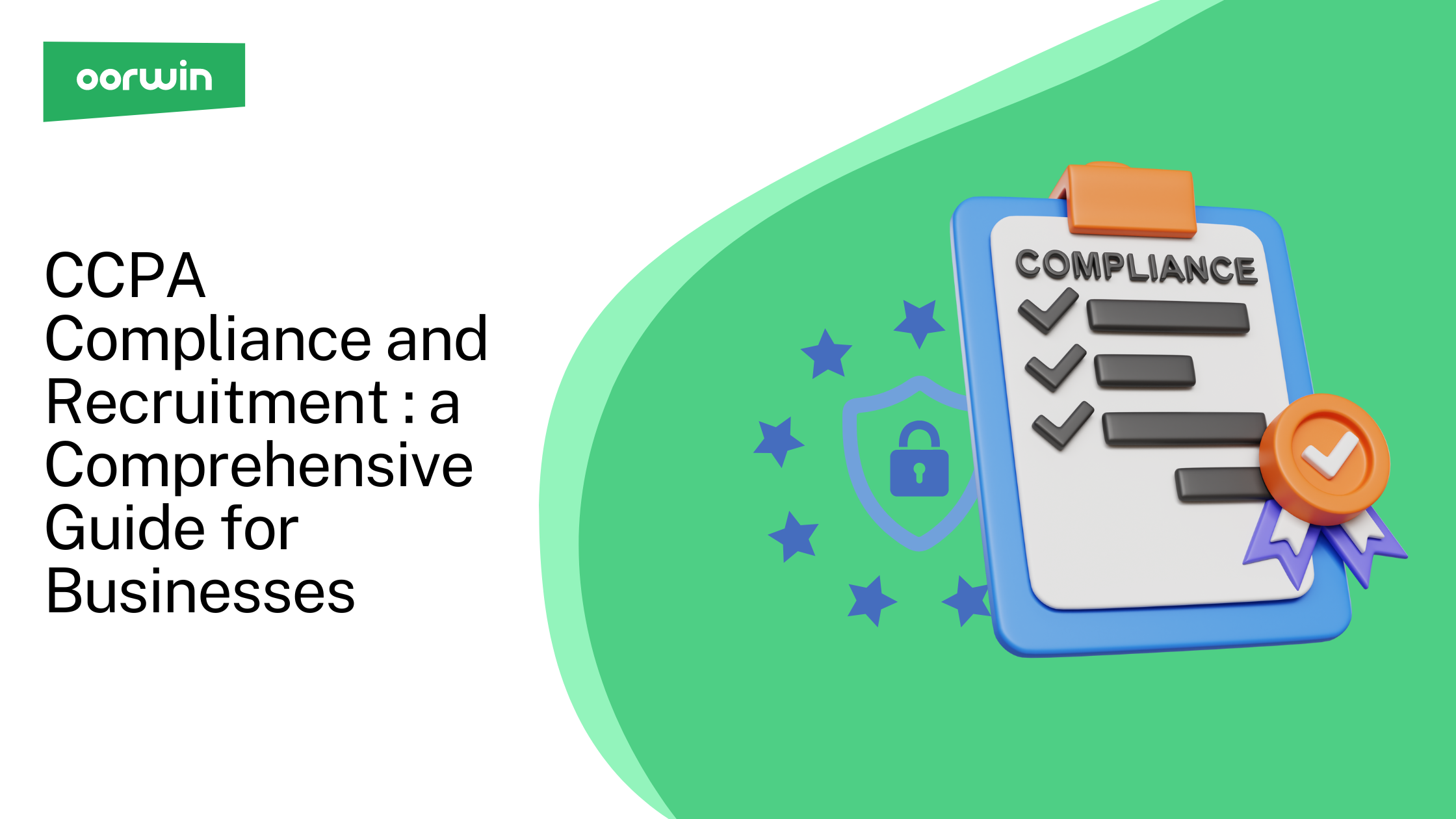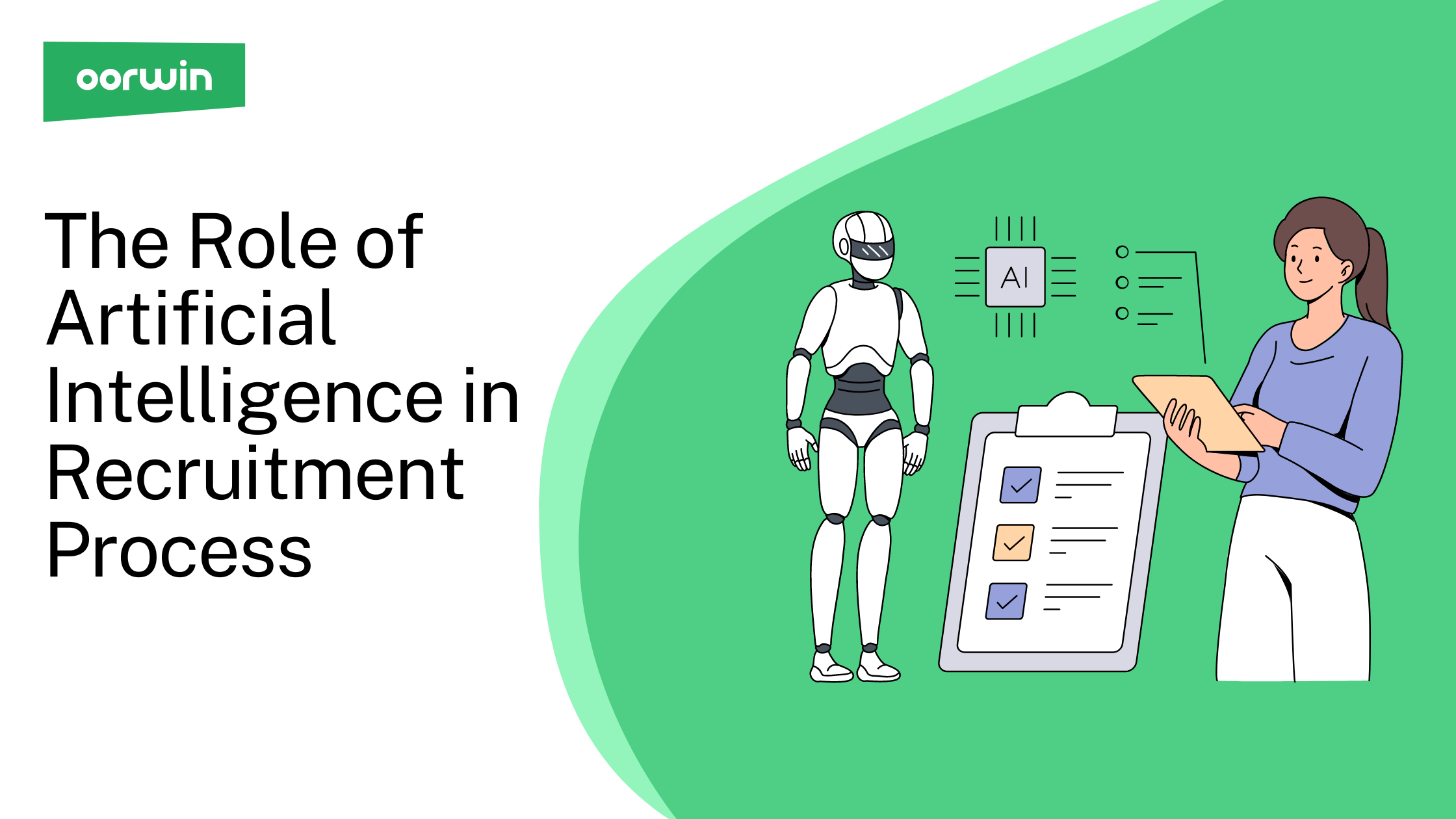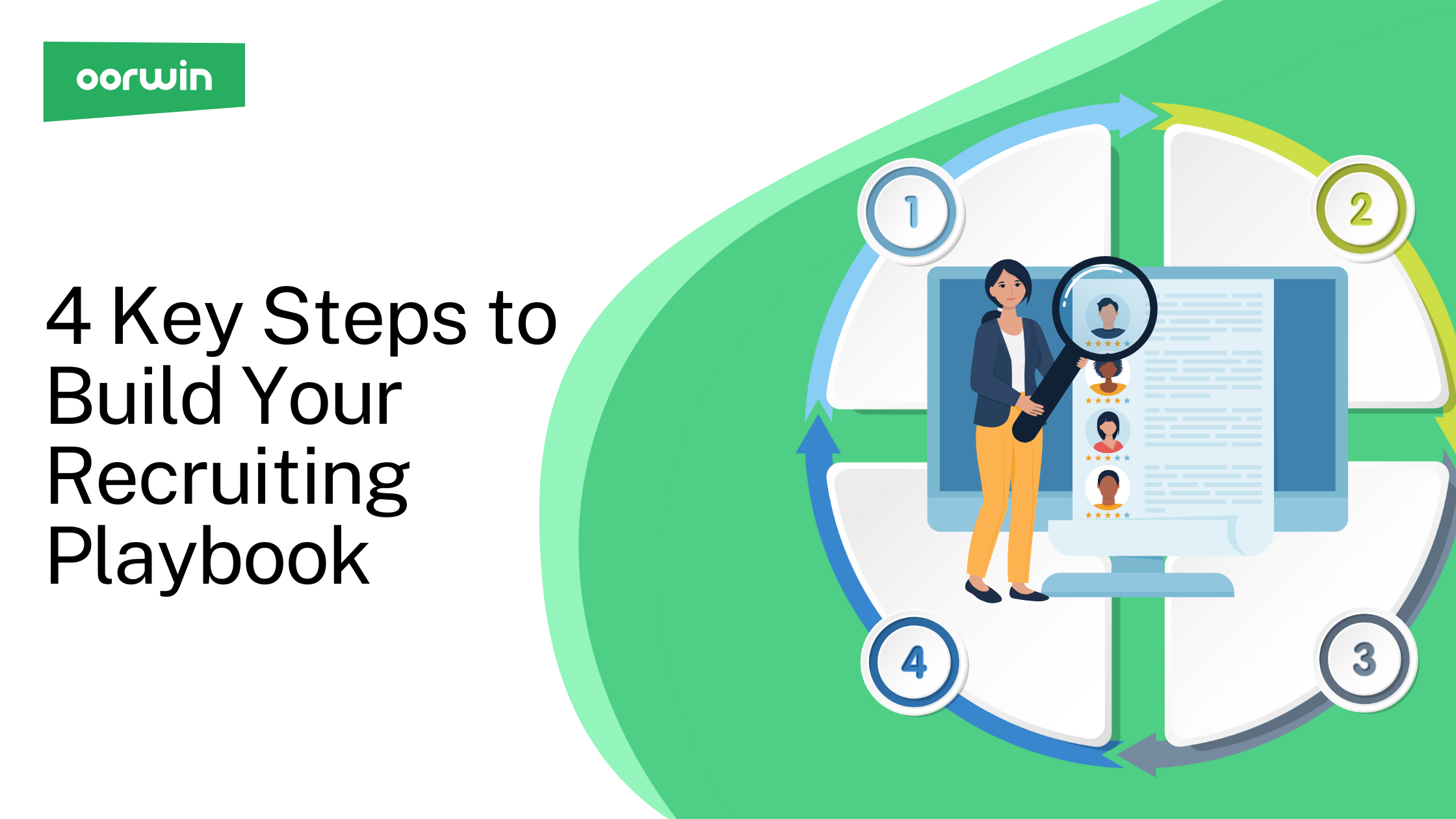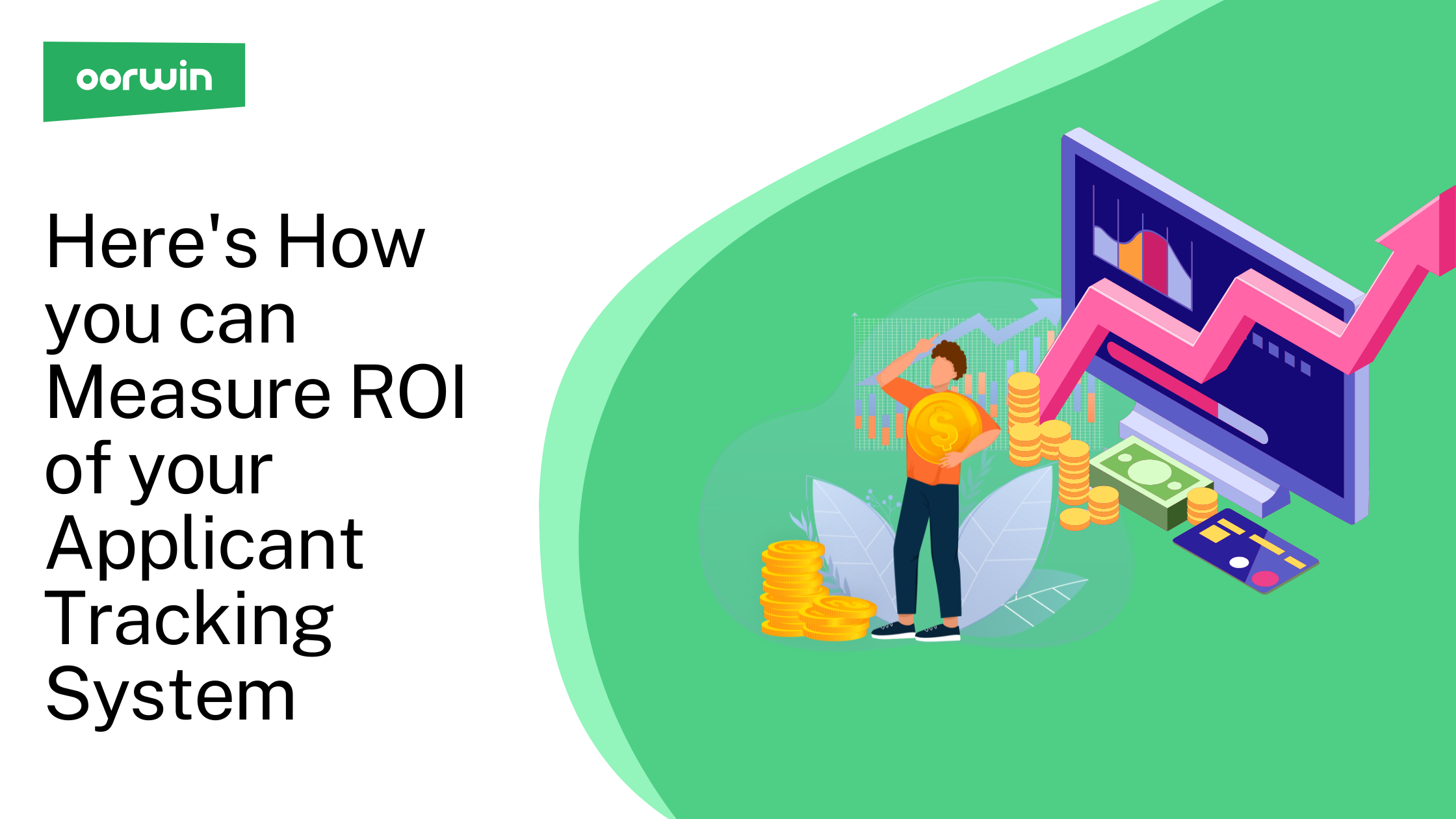Exploring the Best BambooHR Alternatives for 2024: A Complete Guide
In the dynamic landscape of HR software, businesses continuously seek the most effective tools to manage their workforce. As we move into 2024, exploring alternatives to BambooHR, a popular HR management solution, is essential to ensure organizations are equipped with the best features and capabilities to meet their evolving needs. The quest for the right HR platform is more than just a search for new features; it’s about finding a solution that aligns with each organization’s unique culture, structure, and goals. This comprehensive guide sheds light on the top contenders in the HR software market, offering insights to help businesses make informed decisions that foster growth and employee satisfaction.
Overview of BambooHR
BambooHR is a comprehensive, user-friendly HR platform for small and medium-sized businesses. It centralizes employee data, streamlines hiring processes, and offers performance management features, making it a go-to choice for many organizations seeking to optimize their HR operations.
Advantages of BambooHR
- User-Friendly Interface: BambooHR offers an intuitive interface that makes navigating easy for users of all technological proficiencies. Its clear layout and straightforward functionality help reduce the learning curve, enhancing user adoption rates.
- Robust Reporting and Analytics: The platform provides powerful reporting tools, enabling businesses to monitor key HR metrics easily. This feature aids in informed decision-making by allowing managers to track and analyze employee data effectively.
- Mobile Accessibility: With its mobile app, BambooHR ensures that managers and employees can access essential HR functions on the go. This flexibility supports remote work environments and facilitates timely updates and communications.
- Employee Self-Service: BambooHR encourages employee engagement through its self-service portal. Employees can update personal information, request time off, and access company documents independently, reducing administrative burdens on HR staff.
Disadvantages of BambooHR
- Limited Customization for Large Enterprises: BambooHR may fall short in meeting the complex needs of larger organizations that require extensive customization and more sophisticated HR functionalities.
- Scalability Concerns: Some users have expressed concerns about the platform’s scalability, noting difficulties in adapting the software to fit the evolving needs of growing businesses. This includes challenges in handling many employees or complex organizational structures.
- Integration Limitations: Although BambooHR integrates with various third-party applications, there are limitations. Businesses might need help to achieve seamless integration with specific external systems, potentially complicating their HR processes.
Top 10 Alternatives to BambooHR to Choose from in 2024
Exploring alternatives to BambooHR can reveal platforms with unique strengths, offering a better fit for specific organizational needs. Here are ten notable options:
1. Oorwin
Oorwin distinguishes itself with an integrated approach that combines sales, recruitment, and HR workflows within a single platform powered by artificial intelligence. This solution streamlines the hiring process with AI-driven analytics enhancing employee engagement and performance management. Oorwin’s interface is intuitive, promoting ease of use across diverse levels of functionalities, which makes it an attractive option for businesses aiming to harness the latest in HR technology for growth and efficiency.
At its core, Oorwin is designed to make recruitment a smoother, more intuitive experience. It uses AI to match candidates with positions smartly, ensuring each hire is an excellent technical fit and aligns well with the team and larger company objectives.
2. JobDiva
JobDiva is a leading global HR technology solution offering sophisticated features, including applicant tracking, talent management, resume parsing, and sourcing automation. Its patented search technology and automation tools simplify recruiting complexities, making finding and engaging suitable candidates easier. JobDiva particularly appeals to enterprises and staffing agencies that require robust, scalable solutions to meet their dynamic recruitment needs.
JobDiva goes beyond functionality, emphasizing the human aspects of recruitment. Enhancing the hiring process’s efficiency allows recruiters to focus more on personal interactions and candidate engagement. This thoughtful approach streamlines recruitment and fosters a positive and inclusive hiring environment, which is crucial for building long-term relationships with potential employees.
| Feature | Oorwin | JobDiva |
|---|---|---|
| AI Integration | Yes | Yes |
| CRM Capabilities | Yes | Yes |
| ATS | Yes | Yes |
| HRMS | Yes | No |
3. Bullhorn
Bullhorn is tailored for staffing and recruiting agencies, offering a cloud-based CRM and operations platform that streamlines candidate and client interactions. Its automated data capture, advanced search capabilities, and integration with various email systems facilitate a more efficient recruitment process. Bullhorn is ideal for agencies looking to enhance productivity and maintain strong relationships with clients and candidates through a more organized and accessible system.
Bullhorn offers powerful analytics and reporting tools that help agencies track performance metrics and fine-tune their recruitment strategies. The platform is also highly adaptable, with customizable workflows that let firms tailor the software to fit their unique operational needs.
| Feature | Oorwin | Bullhorn ATS |
|---|---|---|
| AI Integration | Yes | Yes |
| CRM | Yes | Yes |
| ATS | Yes | Yes |
| Onboarding | Yes | Yes |
4. Breezy HR
Breezy HR is renowned for its user-friendly design and comprehensive hiring tools. Its drag-and-drop pipeline management interface allows for effortless tracking of candidates throughout the recruitment process. With features like automated messaging, candidate scoring, and customizable career sites, Breezy HR addresses small to mid-sized businesses seeking to improve recruitment efficiency and candidate experience.
Breezy offers a range of features from job posting to candidate sourcing and interview scheduling. Its user-friendly design, comprehensive feature set, and transparent pricing make Breezy an excellent choice for small to medium-sized businesses prioritizing ease of use and efficiency in their recruitment process.
| Feature | Oorwin | Breezy |
|---|---|---|
| AI Integration | Yes | Yes |
| CRM Capabilities | Yes | Yes |
| ATS | Yes | Yes |
| Integrations | Yes | Yes |
5. Lever
Lever merges the functionality of an applicant tracking system (ATS) with customer relationship management (CRM) features to offer a comprehensive recruitment solution. It supports companies in nurturing strong candidate relationships and building a robust talent pipeline. Lever’s emphasis on collaboration and candidate engagement makes it a standout choice for organizations that foster a proactive recruitment culture and streamline their hiring process.
Lever is a powerful recruitment tool that helps companies streamline their hiring efforts, build strong candidate relationships, and engage top talent. By providing a single solution for all hiring needs, Lever enables recruiters and hiring managers to focus on making informed hiring decisions, ultimately leading to better business outcomes.
| Feature | Oorwin | Lever |
|---|---|---|
| AI Integration | Yes | Yes |
| CRM Capabilities | Yes | Yes |
| ATS | Yes | Yes |
| Reporting & Analytics | Yes | Yes |
6. Greenhouse
Greenhouse is highly regarded for its proactive approach to talent acquisition, emphasizing diversity and inclusion in recruitment. Its features include powerful analytics, structured interviewing tools, and integrations with various third-party applications. Greenhouse is designed to help organizations of all sizes improve hiring outcomes by making data-driven decisions and fostering a more inclusive hiring environment.
Greenhouse prioritizes ease of use, offering powerful tools that are easy to navigate. The company is dedicated to diverse and fair hiring practices, positioning itself as a leader for businesses aiming to enhance their culture and efficiency.
| Feature | Oorwin | Greenhouse |
|---|---|---|
| AI Integration | Yes | Yes |
| CRM Capabilities | Yes | Yes |
| ATS | Yes | Yes |
| Seamless Integrations | Yes | Yes |
7. Manatal
Manatal introduces innovation to HR software with its cloud-based recruitment solution that emphasizes ease of use and advanced candidate management features. Its AI-driven recommendations, social media recruitment capabilities, and CRM functionalities make it a powerful tool for companies aiming to streamline their recruitment process to reach a wider pool and enhance the quality of their hires. Manatal is particularly suited for companies looking to leverage technology to gain a competitive advantage in talent acquisition.
Manatal enhances the recruitment process with an intuitive dashboard that makes it easy for recruiters to track and manage candidate interactions. Its user-friendly design ensures that even those with limited technical skills can fully utilize its features.
| Feature | Oorwin | Manatal |
|---|---|---|
| AI Integration | Yes | Yes |
| CRM Capabilities | Yes | Yes |
| ATS | Yes | Yes |
| Onboarding | Yes | Yes |
8. Zoho Recruit
Zoho Recruit offers a versatile recruitment software solution catering to in-house recruiters and staffing agencies. With its customizable modules, automation of mundane tasks, and integration with the Zoho suite, it provides a seamless recruitment experience. Zoho Recruit’s flexibility and scalability make it an excellent choice for businesses of all sizes looking to optimize their recruitment processes and improve candidate engagement.
Zoho Recruit’s collaboration tools enhance team communication, leading to better productivity and decision-making. This approach ensures candidates feel acknowledged and valued throughout their application process, which improves their overall experience and view of the company.
| Feature | Oorwin | Zoho Recruit |
|---|---|---|
| AI Integration | Yes | Yes |
| CRM Capabilities | Yes | Yes |
| ATS | Yes | Yes |
| Seamless Integration | Yes | Yes |
9. iCIMS Talent Cloud
iCIMS Talent Cloud is a complete solution designed to help businesses manage the complexities of acquiring talent. It combines various features such as sophisticated recruitment marketing, candidate management, and employee onboarding tools within a unified cloud-based platform. Leveraging AI and automation, iCIMS Talent Cloud simplifies the recruitment process, improving efficiency and the candidate experience. It also includes powerful analytics tools for informed strategic decision-making, positioning it as an invaluable resource for companies looking to attract, engage, and retain top talent in today’s competitive job market.
By prioritizing a seamless and engaging candidate experience, iCIMS Talent Cloud helps recruiters forge deeper relationships with applicants. This approach makes hiring more efficient and nurtures a welcoming environment, which is crucial for attracting and retaining the best talent in a competitive landscape.
| Feature | Oorwin | iCIMS Talent Cloud |
|---|---|---|
| AI Integration | Yes | Yes |
| CRM Capabilities | Yes | Yes |
| ATS | Yes | Yes |
| VMS | Yes | No |
10. Ceipal ATS
Ceipal ATS excels in automating the recruitment lifecycle, leveraging deep analytics and AI to facilitate talent acquisition. Designed to the needs of staffing agencies and corporate recruiters, it offers a comprehensive suite of tools for workforce management, candidate tracking, onboarding, and engagement. This platform is known for its scalability, making it an excellent choice for organizations looking to efficiently manage high volumes of applicants and streamline their recruitment operations.
This platform is known for its scalability, making it an excellent choice for organizations looking to efficiently manage high volumes of applicants and streamline their recruitment operations.
| Feature | Oorwin | Ceipal ATS |
|---|---|---|
| AI Integration | Yes | Yes |
| CRM Capabilities | Yes | Yes |
| ATS | Yes | Yes |
| Seamless Integrations | Yes | Yes |
Final Thoughts
Choosing the right HR software is a critical decision for any organization. The alternatives to BambooHR presented here offer a range of functionalities designed to meet diverse business needs. Whether you prioritize AI-driven analytics, seamless integrations, or user-friendly interfaces, there is a solution out there that aligns with your organizational goals and requirements. As HR technology evolves, staying informed about the latest tools and features will help you make an informed decision, support your company’s growth, and enhance your workforce management strategy.
If you’re searching for the right HR software, consider taking a closer look at Oorwin. Its impressive mix of AI-driven insights and robust sales and HR features would be just what you need. Oorwin stands out with advanced AI tools such as candidate scoring, enhanced candidate searches, matching suggestions, job insights, and profile comparisons, all aimed at simplifying the recruitment process.
Oorwin also boosts productivity with its comprehensive automation, customizable workflows, and support for various plugins, including email, browser extensions, and ChatGPT. Additionally, its multi-channel marketing approaches and custom analytical dashboards provide valuable insights, helping businesses refine their recruitment strategies and improve hiring outcomes.
If you’re intrigued by the prospect of streamlining your HR processes with cutting-edge technology, consider scheduling a demo with Oorwin.
FAQ
What Features Are Important in BambooHR Alternatives?
Look for comprehensive HR functionalities, robust reporting and analytics, user-friendly interfaces, seamless integrations, and flexible customization options to meet specific organizational needs.
Why Should I Consider Alternatives to BambooHR?
Alternatives might offer better pricing, specialized features, enhanced scalability, or superior customer support that aligns more closely with your company’s unique requirements.
How Do BambooHR Alternatives Support Remote and Hybrid Workforces?
They offer cloud-based access, mobile apps, advanced communication tools, and integration with collaboration platforms, facilitating efficient management and engagement of distributed teams.




